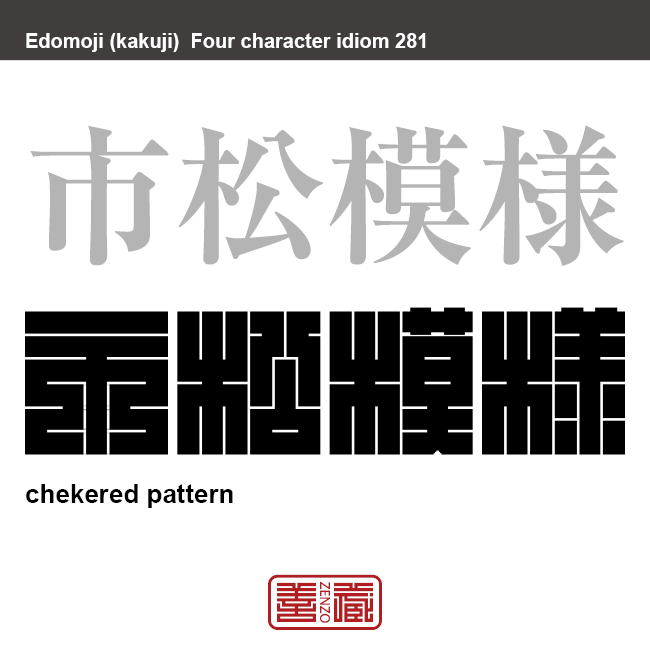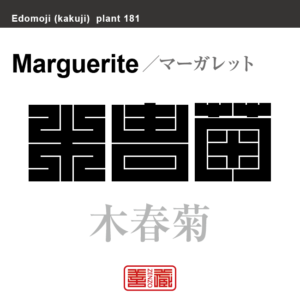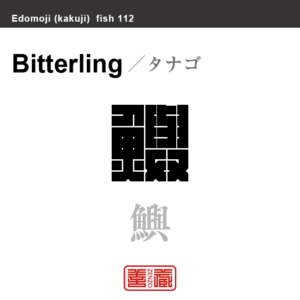市松模様 いちまつもよう 角字でことわざ、四字熟語

市松模様
いちまつもよう
Ichimatsh-Moyou
Chekered pattern
Unicode: [市_0x5E02][松_0x677E][模_0x6A21][様_0x69D8]
二色の四角形(正方形または長方形)を交互に、碁盤の目のように上下左右に途切れることなく並べた模様。チェック柄、チェッカーとも。
格子模様の一種で、元は「石畳」と呼ばれていた。無限に続くので縁起物とされた。
歌舞伎の二枚目俳優・佐野川市松が「心中万年草(高野心中)」の中で、白と紺の模様の袴を着たことが由来で「市松模様」と呼ばれ、女性の間に大流行した。
角字とは?
江戸時代に誕生した角字は、正方形のグリッド内にほぼ水平・垂直のラインのみで文字(漢字)が表現されるグラフィックアートです。
正方形という限られた空間の中に、あらゆる文字を閉じ込めようとするグラフィックデザインは、前述した、ミニマムな物に対する日本人特有のこだわりが随所に感じられます。
そのシンプルで有りながら、奥深い「角字」は多くの日本人を魅了し、お祭りで着る半被や印半纏(しるしばんてん)と言われる着物や、商標、印鑑、家紋、看板デザインなどに今日まで数多く使用されてきました。
What is Kakuji?
There is a style of penmanship called “Kakuji” in Japan. Edo-born Kakuji is a graphicart that expresses letters (kanji) with almost horizontal and vertical lines only.
The design which bases on many straight lines seems simple, or too plain even at its first glance; yet this beautiful artistic penmanship that encompasses the aesthetic of the Japanese in the Edo era, also known as “Iki”, and playfulness has long been inherited to this day, thanks to the masteries’ long years of efforts in training and refinement.
Kakuji with its simplicity and depth is used for designs such as trademark, hanko stamp, family crest and signboard.































































 2文字コード:MZ 3文字コード:MOZ 数字:508 ITU:258 ccTLD:.mz
2文字コード:MZ 3文字コード:MOZ 数字:508 ITU:258 ccTLD:.mz







































































































































